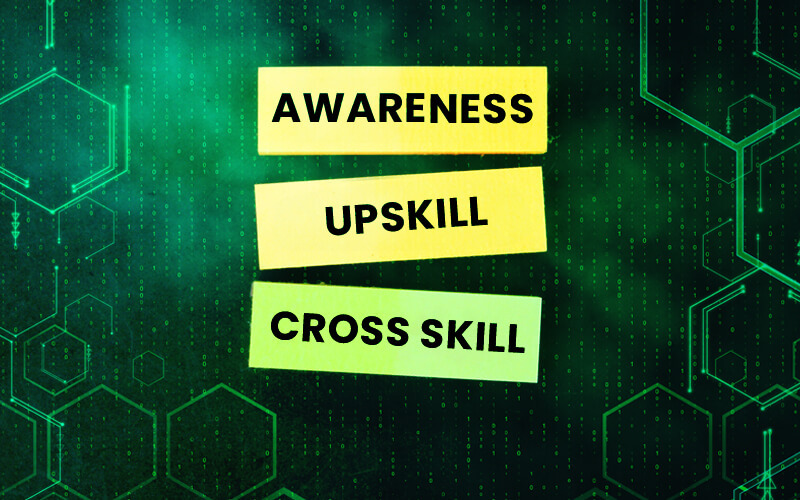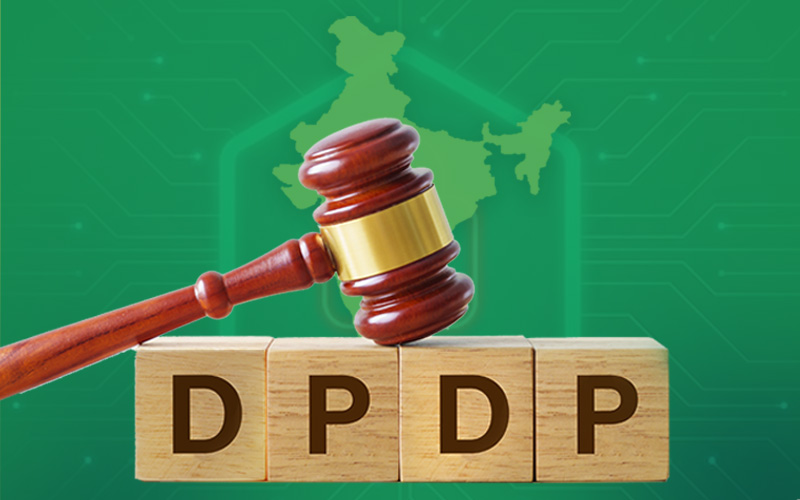CISOs have a diverse array of rapidly evolving priorities, threats, demands, regulatory pressures, and technology changes to address. Leaders need a structured approach to today’s security and risk landscape covering third-party risk. This blog sheds light on fundamental steps, trends, priorities, and actions from a Third Party Risk Management (TPRM) standpoint. Managing the risk inherent in using third-party providers has never been more concerning and important.
Concurrence on the crucial imperatives in your cybersecurity program. Examples:
- Centralizing oversight on third-party risk to decentralize risk decisions. Risk decisions should be best handled with the more risk-averse than risk-tolerant security leadership and not the business heads alone
- The risks and opportunities inherent in AI from Third Party AI Technologies. Organizations are inquisitively exploring and using AI tools without knowing the length and breadth of the ramifications. Being ahead in the race to adopt and use AI, Business decisions can sometimes lead to non-compliance with internal security and privacy standards which should be a red flag. Having said, it’s easier said than done to develop best practices and recommendations in this environment
- Security challenges associated with human behavor Act cohesively realizing minor slips can lead to process disruptions causing delays. Business can sometime make ad-hoc decisions without looping TPRM, Procurement can initiate onboarding without notifying TPRM, Legal can execute contracts assuiming standard contractual language without seeking inputs from TPRM, Legal can extend or terminate contracts as per business requirements without following the offboarding procedures and not looping TPRM
Strategic security vision should reflect the above imperatives as part of the security program
Understand where the organization stands (perceived vs existing to manage third-party risk (maturity level) which will sometimes reveal eye-opening and overwhelming information
TPRM strategy and roadmap should be updated to ensure necessary actions are woven into the overall security program. Understand organization priorities by engaging with all stakeholders to derive feasible, pragmatic, and outcome-oriented actions that make their way into the roadmap
By 2027, 75% of employees will acquire, modify, or create technology outside IT’s visibility – Gartner.





